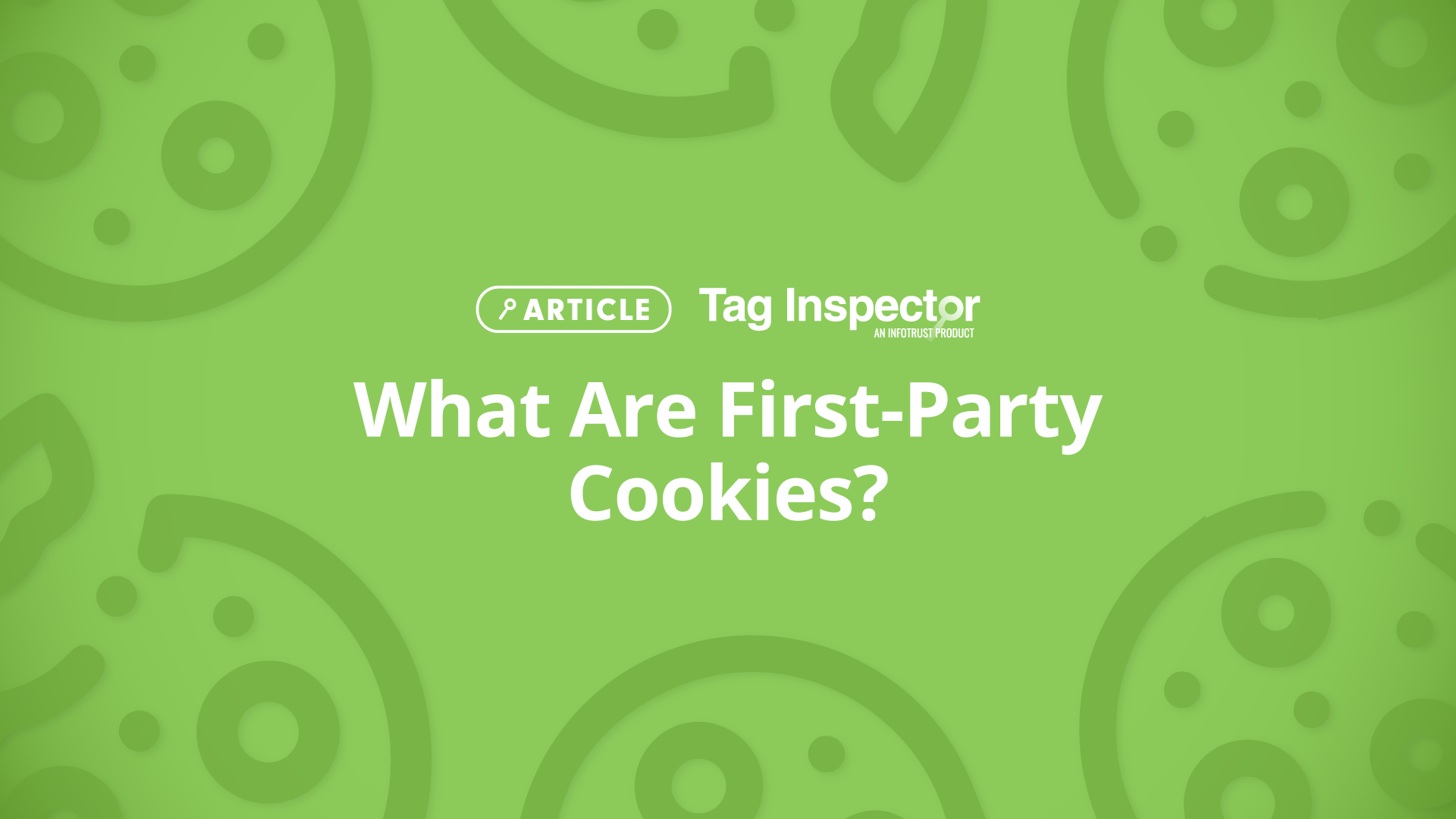We’ve all heard the term first, second, and third-party cookies being tossed around in the world of data analytics. So, what exactly are first-party cookies? Before we can ask that question, we must first understand what exactly a cookie is.
What Are Cookies?
Cookies are small text files that store and collect data. Whenever someone visits a website, a cookie is created by a domain and then is directly sent to the user’s browser. The user’s browser stores that file (cookie) which contains a unique ID that enables the website to identify the user once they return to the site.
This then brings us to our next series of questions: What exactly are first-party cookies? How are first-party cookies created? What do first-party cookies do?
First-party cookies are created and used on a single domain. This makes it so that the first party-cookies are not shared by other websites or advertising partners. The sole purpose of first-party cookies is to optimize individual user site experience by collecting data.
How Do First-Party Cookies Work?
When a user visits a website, a snippet of JavaScript code fires and creates a first-party cookie. Sometimes, the website will have a consent banner implemented and will ask whether or not to accept the cookie to proceed. The consent banner can be ignored if permitted in certain cases. However, in other cases, the consent banner will not allow you to interact with certain or all parts of a web page unless consent is given.
We’ll use a more specific example and assume a user visits an ecommerce site. A consent banner pops up on the webpage, forcing the user to make a selection to either opt in or opt out of consent before the user can proceed further. The user opts into consent, and the cookie is stored in the user’s browser. As the user peruses around the site, the cookie remembers the user’s email address, passwords, language settings, items the user added to a shopping cart, and other identifiers. For example, if a user went onto a website and searched for “black leggings” then added it to their wishlist, they will later see more brands or variations of black leggings listed amongst a series of recommended products.
First-party cookies help to not only optimize an individual user’s site experience by personalizing it, but also facilitates in extending marketing opportunities. In our specific use case, a user may be looking for a certain brand of leggings, but eventually discover another brand of leggings they enjoy.
While first-party cookies are capable of many different tasks, they can be categorized into three basic functions:
- Recognizes when a returning user goes to a website and allows the user to sign in with their credentials
- Remember all the items that have been placed in a shopping cart or wish list
- Recommends other items based on the user’s individual preferences, shopping history, or favorited items
